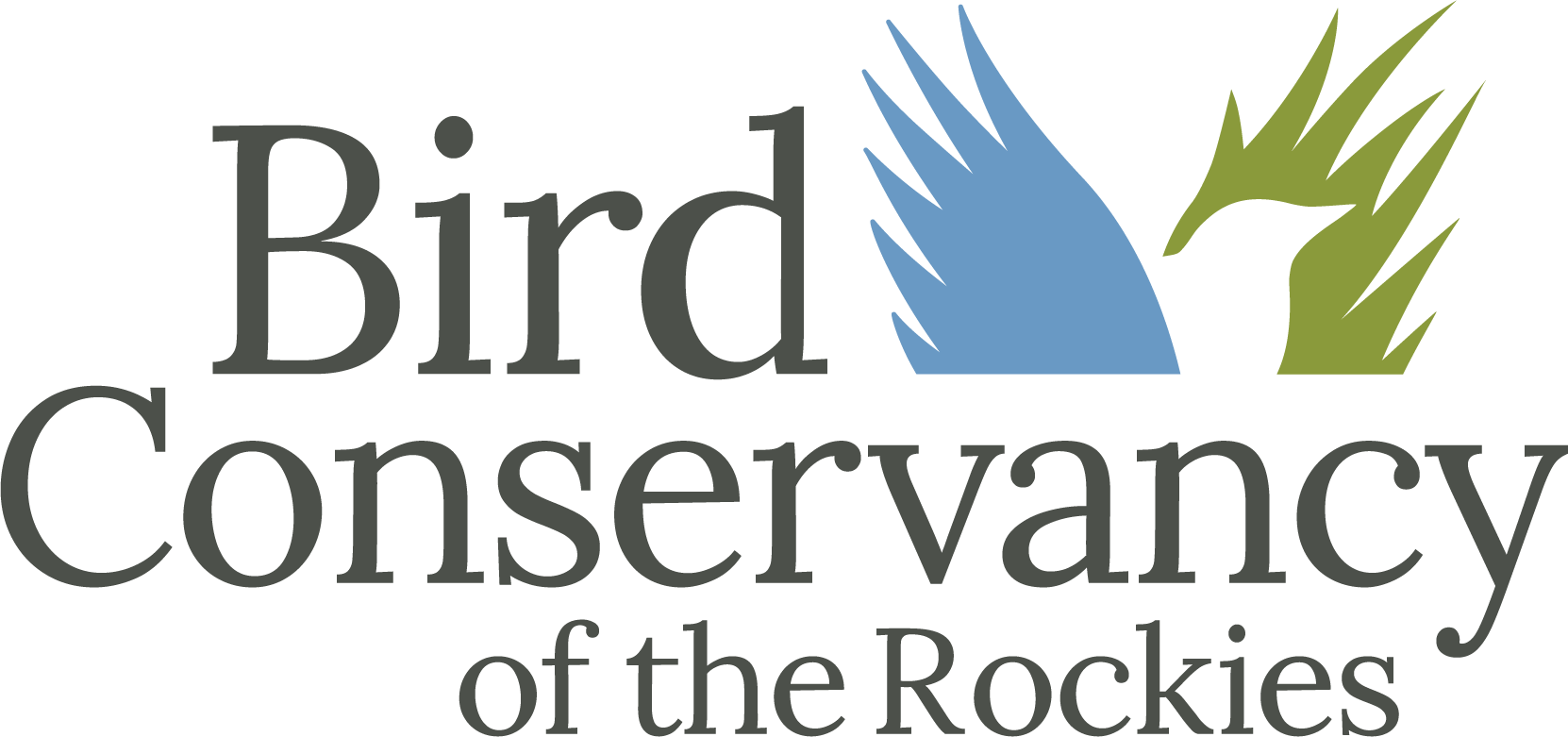Black Swifts are thought to forage long distances from their nest sites, but their basic movement ecology is unknown. Knowledge about daily foraging routes and distances will help identify flight patterns, foraging hotspots and habitat relationships—critical to understanding the conservation needs of this enigmatic species.
This summer, a small group set out into the high peaks of New Mexico in search of breeding populations of Brown-capped Rosy-Finches—something that hasn’t been recorded in the state for almost 30 years.
Traditional and high-tech tools are revealing details about where Mountain Plovers spend time during migration and over winter—highlighting critical habitat locations and guiding much-needed conservation efforts.
How many birds can you accurately count in six minutes using sound as well as sight? The ability to correctly recognize birds by ear is a vital skill for our teams, one that takes a lot of effort to master. IMBCR technician Beth Raboin shares how she uses context and associations—and a dash of baseball—as an aid to her auditory memory.
205! That’s the number of species counted at our Annual Wildcat Hills Bioblitz. People of all ages came out to explore the Western Nebraska landscape through hands-on learning, and in the process made a wonderful contribution to science.
After several weeks of intensive nest searching and observation, Bird Conservancy of the Rockies has confirmed that Baird’s Sparrows are actively breeding at Soapstone Prairie Natural Area—the first time the species has been documented reproducing in the State of Colorado. This remarkable discovery marks an exciting milestone in an already-eventful 2018 summer field season.
Colorado’s Chico Basin Ranch, southeast of Colorado Springs, CO, is well known as a home and haven for migratory and resident birds. 2018 marks Bird Conservancy’s 19th consecutive spring season of bird banding at ‘The Chico’ and this year did not disappoint with some exciting species observed.
Two large-scale monitoring programs collect data on bird populations every summer in the United States—Integrated Monitoring in Bird Conservation Regions and the Breeding Bird Survey. How are they different, and in what ways do each program complement the other in addressing the vast information gaps needed to help inform avian conservation?
Every year in late spring and summer, our field season crew traipses across mountains, prairies and deserts to survey birds under the Integrated Monitoring in Bird Conservation Regions (IMBCR) program. As this post from our of our field technicians attests, these rugged and remote landscapes don’t always make it easy!
The grasslands of the Chihuahuan desert provide important overwintering habitat for over 90% of the migratory grassland species in western North America. Recently, our team joined partners and private landowners on a scenic tour through northern Mexico to visit some of Sustainable Grazing Network ranches that are working to conserve and restore grassland habitat for the benefit of people and birds.


